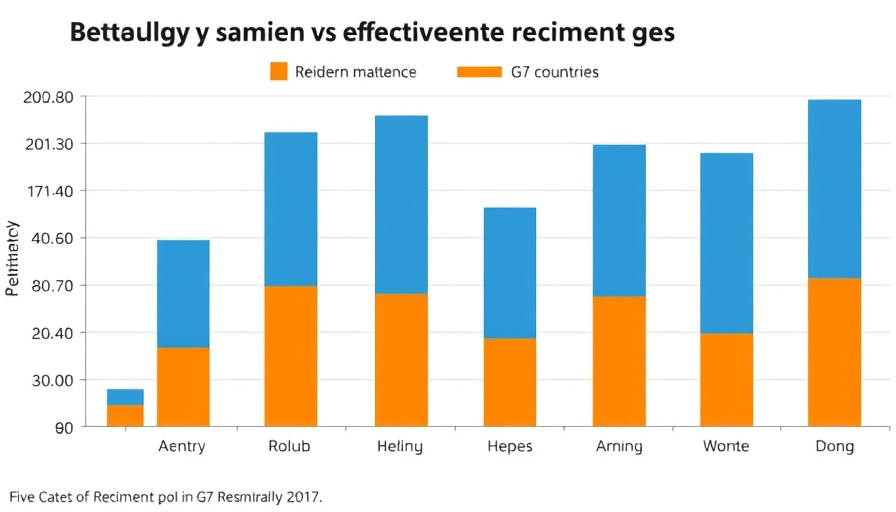
Understanding the Pushback Against AI in the Workplace
As artificial intelligence (AI) increasingly permeates various industries, a substantial proportion of the workforce is not welcoming this transition with open arms. A recent survey by Kyndryl revealed that 45% of CEOs indicated that most employees exhibit resistance or overt hostility towards AI integration in their workplace. This raises questions about how organizations can effectively manage talent amidst trepidation towards technology.
Employee Skepticism and the Skills Gap
A significant 79% of U.S. job seekers believe that the so-called "skills gap" is less indicative of their own abilities and more a reflection of employers' reluctance to invest in training and development. This sentiment amplifies the need for companies to revamp their workforce strategies, focusing on talent management that prioritizes employee engagement and succession planning. By fostering a culture of continuous learning, organizations not only increase performance but also mitigate resistance to AI as employees feel valued and recognized.
The Childcare Dilemma: A Barrier to Workforce Optimization
In another revealing statistic, 68% of mothers reported that employer-provided benefits fall short of adequately addressing their childcare needs. This disconnect emphasizes the necessity for a people-first leadership approach, where understanding personal employee challenges can lead to enhanced job satisfaction and retention strategies. When organizations effectively support employees in their personal obligations, they nurture higher employee engagement and cultivate a high-performance culture.
The Ripple Effects of Employee Sentiment
Alongside the stark figures surrounding AI hesitancy and childcare frustrations, over 100 undocumented workers were arrested during an ICE raid, exacerbating fears among many employees about job security and workplace inclusivity. Building a supportive environment and addressing these socio-economic factors can enhance employee performance and foster loyalty. As leaders, it's imperative to build strategies that not only optimize workforce potential but also resonate with the diverse experiences of employees.
Looking Ahead: Redefining Workforce Strategy
The numbers indicate a clear message: organizational health is deeply interlinked with supportive leadership strategies that prioritize employee well-being. Companies must anticipate and respond to employee concerns around AI and personal commitments, ensuring they create environments that embrace change rather than repel it. By investing in effective talent management initiatives and fostering an inclusive culture, organizations can successfully navigate the challenging waters of technological advancement and employee expectations.
 Add Row
Add Row  Add
Add 




Write A Comment